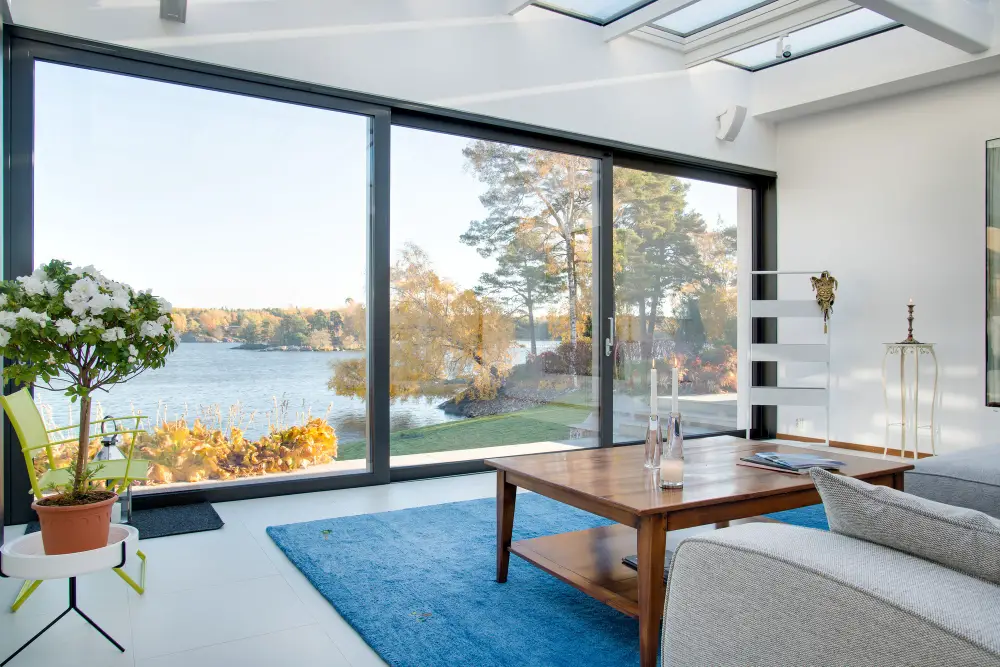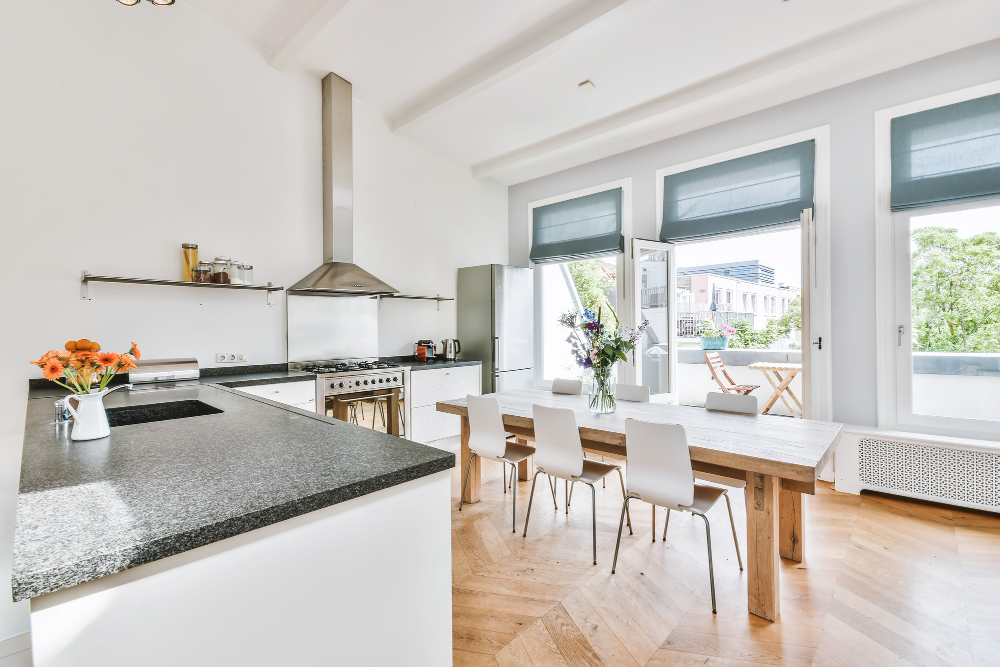The combination of indoor and outdoor areas has long been valued in the field of interior design for its capacity to energize, inspire, and create places that are harmonious. Windows, the sometimes-underappreciated hero of architectural design, are at the center of this integration.
In addition to providing natural light into our interior spaces, these windows to the outside world are dynamic features that have the power to change the feel and purpose of any area.
We explore the science and art of using windows to their full potential in interior design in this article. Windows are essential in determining the character and livability of our built environments, from improving spatial aesthetics to encouraging contact with nature.
Come alongside us as we explore how well-chosen window placement may bring the outside world into our interior living areas while bringing the comforts of indoor living together.
Natural Light: The Cornerstone of Window-centric Design

The importance of natural light in the dynamic field of interior design, where creativity and utility collide, cannot be emphasized enough. Using the available sunshine to illuminate and improve interior spaces is not simply a design decision for interior designers; it is a way of life.
The foundation of window-centric design is natural light, which gives spaces a uniquely Floridian feeling of warmth, vibrancy, and openness.
FT Lauderdale interior designers expertly arrange windows to optimize the ingress of natural light while embracing the abundance of sunlight. This clever technique blurs the lines between the indoor and outdoor spaces, illuminating interiors as well as fostering a smooth transition between them.
We explore the art and science of using natural light as the driving force behind window-centric architecture in this article. Interior designers embrace the transforming power of natural light to enhance the aesthetics and practicality of every room they design, from comprehending the subtleties of sunlight exposure to deploying creative window arrangements.
Framing Nature: Choosing the Right Window Styles
Choosing the appropriate window designs is essential to interior design because windows are more than simply openings that let in natural light; they can define the look and feel of a room. Interior designers carefully select window types to mix indoor and outdoor spaces together, paying close attention to architectural style, environmental factors, and intended ambiance.
Floor-to-ceiling windows or sliding glass doors are popular options in coastal communities like FT Lauderdale, where picturesque waterfront views dominate. Residents are constantly embraced by their natural surroundings thanks to these large windows that not only let in an abundance of natural light but also seamlessly connect the inside to the outside nature.
Alternatively, clerestory windows or skylights could be preferable in metropolitan environments where seclusion is a primary need. Located high on walls or ceilings, these windows provide plenty of natural light yet still seem private.
FT Lauderdale interior designers skillfully combine window designs to bring nature indoors by balancing architectural context, temperature factors, and client preferences. The result is areas that radiate coziness and a sense of connection to the outside.
Seasonal Adaptability: Window Treatments for Comfort and Style

Blinds and curtains are essential to interior design because they not only increase comfort levels but also give rooms a stylish, adaptable feel that changes with the seasons. Interior designers choose window coverings carefully, keeping both practicality and style in mind. This allows them to combine privacy, temperature control, and year-round display of style.
The demands of space change with the seasons. Lightweight and airy window coverings, such as sheer curtains or bamboo blinds, allow mild breezes in while blocking off strong sunlight during the warmer months. This produces a light and breezy atmosphere that is ideal for enjoying the summertime sun while keeping the interior at a suitable temperature.
On the other hand, thicker, more insulating window coverings, such as thermal curtains or layered drapes, offer an additional layer of protection against cold drafts during the winter months, allowing warmth and comfort to remain within. These treatments create a cozy haven from the winter cold by adding a touch of luxury and beauty to the room while also lowering heating expenses.
The Takeaway
Windows are essential components of interior design; they are more than just openings to the outside world; they are characteristics that alter the atmosphere, usage, and visual appeal of a room. FT Lauderdale interior designers carefully evaluate the selection and placement of windows for a variety of reasons, including capturing breathtaking views as well as regulating natural light and temperature.
Designers create rooms that offer comfort, style, and seasonal flexibility while seamlessly integrating with the surrounding landscape through the use of natural light, smart window treatment selection, and strategic window placement.
Windows are the links that allow the beauty of nature to infiltrate and enhance our living spaces, so encouraging a greater connection between the indoor and outdoor areas and, ultimately, improving the quality of life for people who occupy them.
Related Stories
- How Window and Door Placement Can Affect Your Home’s Aesthetic
- Key Factors to Consider When It Comes to Your Home’s Interior Design
- How to Get Maximum Use of the Sunlight in Your Home
- 7 Home Design Trends: Sustainability in Style
- Change Your Home Inside and Out: An Ultimate Guide
Recap
